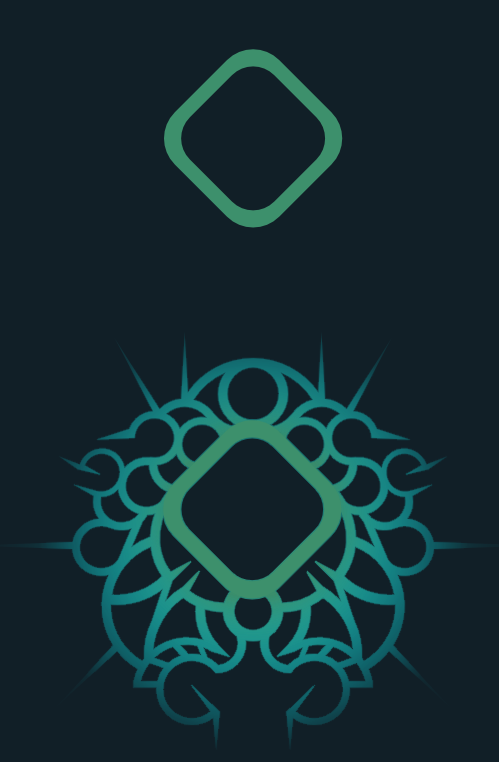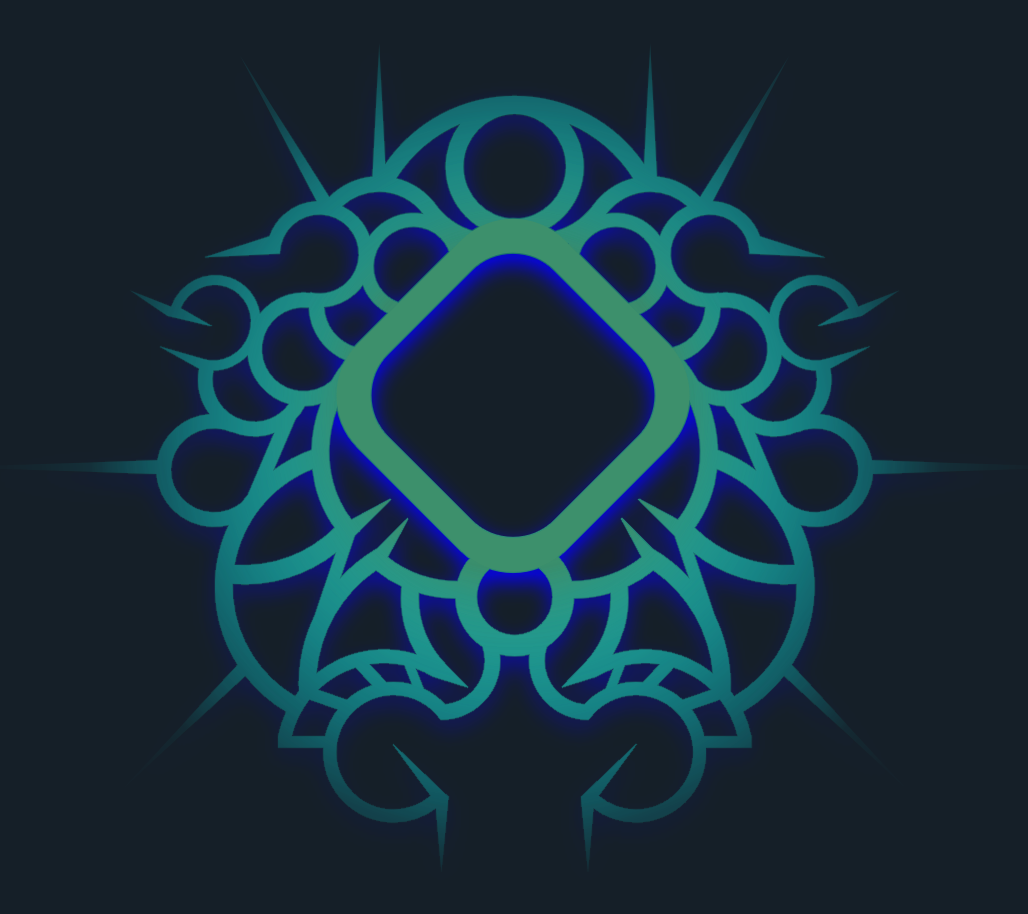Tapestry Tuesday #1 - Intro to Threads
Hello all, Ohms here!
Today is the first Tapestry Tuesday, where I provide small, illustrated insights into the Sagecraft System, the core system of Project: Lovers, and the Celestial Tapestry, the basis of powers in the fictional universe of the game known as the Celestient Universe.
These two elements are strongly linked, and hopefully will reflect themselves in the gameplay moving forward. That being said, there is a lot to cover in this system, as well as much to show in terms of progress, so I expect this to be a rather lengthy ongoing series.
Anyways, on with the topic at hand!
You’ll be seeing these wings a lot!
The Celestial Tapestry is a representation of the entirety of one’s power in the Celestient Universe. Since this “Tapestry” is inherently part of one’s physical body, as much a part of them as their veins and nerves, it is simply seen as the most powerful aspect of their person. For this reason, powers gained from the Tapestry are known as Aspects.
A visual representation of the internal celestial Tapestry (the main lines anyway)
In the context of the game, Aspectral powers from the Tapestry are divided in terms related to tapestries: Patterns, Threads, Filaments and the like. This also relates to the visuals associated with those terms.
Today we begin a deep dive on the most important element of the Tapestry, the Thread.
Visual representation of Threads
Threads represent any ability beyond the most basic movement related actions. How you defend, attack, and navigate or interact with the world are all tied to Threads.
For the sake of clarity, think of Threads as an in-built mnemonic device. Once developed, a person can recall and wield learned or developed techniques with instant clarity and application. As such, the Celestial Tapestry is key in the development and mastery of all the abilities and skills in the Celestient Universe.
Gameplay wise, Threads provide players with the necessary information about their abilities by providing distinct and clear categorizations by which they can identify what these abilities are and how they are used. These categories will be the subject of further Tapestry Tuesdays in the future, but for now, here is a summary of the categories and the representative symbols and colors for them:
Imperative Thread
Yellow represents Imperat, or Imperative, abilities (formerly known as Substace). Imperative abilities are the Key abilities for the player, such as abilities used for navigation, or defensive abilities.
SageStrike Thread
Red represents SageStrike, or Martial Arts related abilities. The primary or full use of martial arts and/or weaponry in an ability is what distinguishes SageStrike abilities from other categories.
SageArt Thread
Blue represents SageArt, or Aspectral Arts related abilities. The use of powers primarily, through focused attacks or gathered energy, is what determines Sage Art abilities from other categories.
Below these categories are the Output and Form sub-groups, representing the method of output, and the Form the ability takes when output. There will be further discussion of these sub-categories in further Tapestry Tuesdays.
Location of Subcategory Data in Threads
With these categories defined, players are able to quickly determine what an ability is, and the general idea of how it should work in practice.
This is unfortunately all for now on the subject of Threads in Project: Lovers. However, if this interests you further, please feel free to subscribe for further content updates!
May the Branches light your path!
- Ωs Emmanuel







